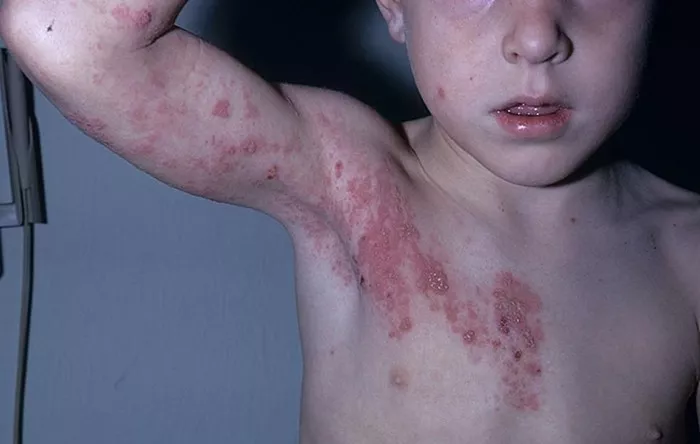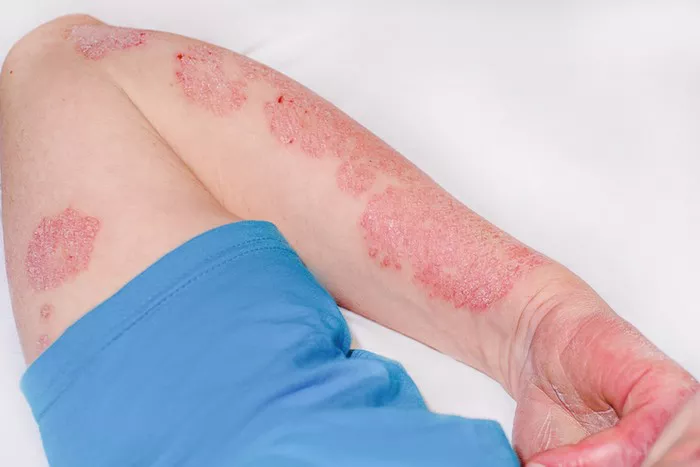Shingles, also known as herpes zoster, is a viral infection caused by the varicella-zoster virus, which is the same virus that causes chickenpox. This condition typically manifests as a painful rash that develops on one side of the body, often in a band-like pattern. While shingles can be distressing, one of the most common questions among individuals affected by this condition is, “How long does it last?” Understanding the duration of shingles is crucial for managing symptoms, seeking appropriate treatment, and facilitating recovery. In this comprehensive guide, we delve into the various factors that influence the duration of shingles and provide insights into what individuals can expect during the course of this condition.
The Onset of Shingles: Understanding the Timeline
Before exploring the duration of shingles, it is essential to understand its onset and progression. Shingles typically begins with a tingling or burning sensation in a specific area of the body, often along a nerve pathway. This is followed by the development of a red rash, which evolves into fluid-filled blisters within a few days. The rash is accompanied by pain, itching, and sometimes fever or fatigue.
Varied Duration: Factors Influencing the Length of Shingles
The duration of shingles can vary significantly from person to person. While some individuals may experience a relatively short-lived episode, others may endure symptoms for a more extended period. Several factors influence the length of shingles, including:
1. Age: Age plays a crucial role in determining the duration of shingles. Older adults tend to experience more severe symptoms and a longer duration of illness compared to younger individuals.
2. Overall Health: The overall health and immune function of an individual can impact the duration of shingles. Those with weakened immune systems due to conditions such as HIV/AIDS or undergoing immunosuppressive therapy may experience a prolonged course of the illness.
3. Prompt Treatment: Seeking prompt medical treatment for shingles can help alleviate symptoms and shorten the duration of the illness. Antiviral medications such as acyclovir, valacyclovir, or famciclovir are commonly prescribed to reduce the severity and duration of shingles.
4. Severity of Symptoms: The severity of shingles symptoms, including the intensity of pain and the extent of the rash, can influence how long the condition lasts. Individuals with more severe symptoms may experience a longer duration of illness.
5. Complications: In some cases, shingles can lead to complications such as postherpetic neuralgia (persistent nerve pain), bacterial skin infections, or vision problems if the rash affects the eyes. The presence of complications can prolong the duration of shingles and may require additional treatment.
Typical Duration of Shingles: What to Expect
While the duration of shingles can vary, most individuals experience a similar timeline of symptoms:
1. Prodromal Stage (1-5 Days): The prodromal stage refers to the period before the rash appears when individuals may experience symptoms such as pain, tingling, or burning sensations in the affected area. This stage can last anywhere from one to five days.
2. Development of Rash (2-3 Days): After the prodromal stage, the characteristic rash of shingles begins to develop. The rash typically appears as red patches on the skin, which quickly progress to fluid-filled blisters. This stage usually lasts for two to three days.
3. Acute Stage (2-4 Weeks): The acute stage of shingles is characterized by the presence of the rash and associated symptoms such as pain, itching, and discomfort. During this phase, the blisters may continue to develop and spread, reaching their peak before eventually crusting over and forming scabs. The acute stage typically lasts for two to four weeks.
4. Healing Stage (2-4 Weeks): Once the blisters have crusted over, the healing stage begins. During this phase, the scabs gradually fall off, and the skin begins to heal. While the rash may have resolved by this point, some individuals may continue to experience lingering pain or discomfort, especially if complications such as postherpetic neuralgia occur. The healing stage can last for two to four weeks or longer, depending on the individual’s overall health and immune function.
Seeking Medical Attention: When to Consult a Healthcare Provider
While shingles typically resolves on its own within a few weeks, certain circumstances warrant medical attention. Individuals experiencing the following symptoms or complications should seek prompt medical care:
- Severe pain that persists beyond the acute stage of shingles
- Development of a rash near the eyes, as this can lead to vision problems if left untreated
- Signs of a bacterial skin infection, such as increased redness, swelling, warmth, or pus at the rash site
- Weakening of the immune system due to underlying health conditions or medications
- Any other concerns or complications related to shingles
Conclusion
In conclusion, the duration of shingles can vary depending on individual factors such as age, overall health, promptness of treatment, and the presence of complications. While most cases of shingles resolve within a few weeks, seeking timely medical attention and appropriate treatment can help alleviate symptoms and facilitate recovery. By understanding the typical timeline of shingles and the factors that influence its duration, individuals affected by this condition can better manage their symptoms and minimize potential complications.

























